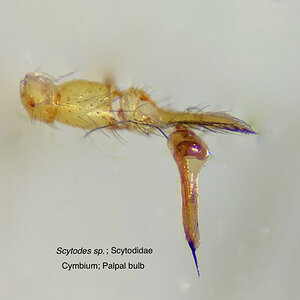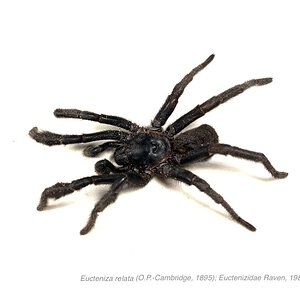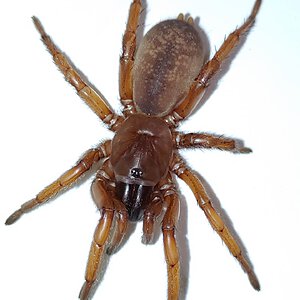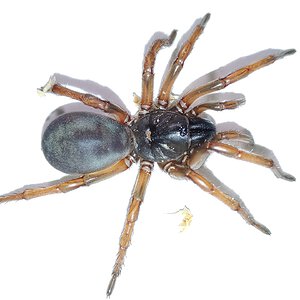Media information
- Category
- Other Spiders
- Added by
- RezonantVoid
- Date added
- View count
- 585
- Comment count
- 6
- Rating
- 0.00 star(s) 0 ratings
Image metadata
- Device
- LGE LM-G810
- Aperture
- ƒ/1.8
- Focal length
- 4.4 mm
- Exposure time
- 1/100
- ISO
- 80
- Flash
- On, fired
- Filename
- IMG_20210812_224514.jpg
- File size
- 2.1 MB
- Date taken
- Thu, 12 August 2021 10:45 PM
- Dimensions
- 4032px x 3024px







